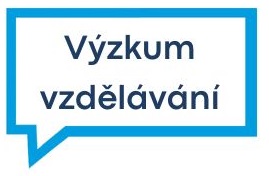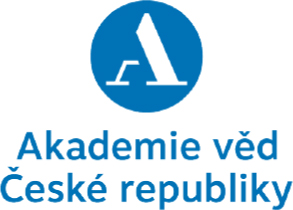The initial empirical background for this study (and a springboard for analysis of supplementary data and for further interpretation and hypothetic conclusions) is based on the results of a public opinion survey carried out by the Centre for Public Opinion Research between 17 and 24 January 2005. The inquired group consisted of 1037 people over 15 years of age, and a sub-group of 813 people eligible to participate in regional elections.
This sub-group did not include people, who were less than 18 years old at the time of elections, and inhabitants of Prague, where regional elections did not take place. The group and the sub-group were selected according to quota selection and they are representative as to the age structure, sex, level of education, size of residence community and distribution by regions. Because the group was not selected randomly, it was not guaranteed beforehand, that it would be distributed in accordance with statistically detected factual participation / abstention of eligible voters in / from regional elections, or in accord with the real structure of citizens as concerns political activity or ideological and political orientation. This problem occurred in the sub-group of eligible voters, which did not include inhabitants of Prague, where only 43.4 % of the questioned mentioned their abstention from regional elections. However, the real abstention from elections to local governments reached, according to official statistics, 70. 4 %. Among those who participated in the elections it was the other way round: the real number was 29.6 %, whereas in our sub-group of voters it reached 56.5 %.
Similar phenomena are not uncommon in public opinion researches. Even when the research strictly respects the representativeness according to quota features, almost in every public opinion survey based on quota selection a shift occurs in favour of people, who are more accessible to answer questions that are subject to this survey because of their experience and interests. (This is true about every research, which contains questions about socio-political problems, especially election preferences.) It generally holds true that those who don’t refuse participation in public opinion research are usually more active and sociable people. This creates further pressure on the final structure of the selected group, even though it may represent all the basic categories according to quota features. In our case the decrease in number of absentees from the elections in the group of eligible voters indicates that quota selection according to objective features did not prevent distortion of the selected group by a major shift in favour of people with higher interest in politics. Thus, the data about the group as a whole, concerning this area of questions, are probably more optimistic, than in reality. This does not mean, however, that attitudes and evaluation expressed by such a selection are untruthful or irrelevant, and they will be factored in the following analysis. For our subject under survey it is important that the total number of absentees from elections from the group of eligible voters (354 people) is sufficient to be analysed as a representative group with objective features and opinions for the given part of inhabitants. Because of the quantity shift in the structure of the selected group in comparison with the basic group and because of the limited size of the group we cannot launch into a complex multi-variation analyses or quantitative models (with the exception of a few factor analyses).








